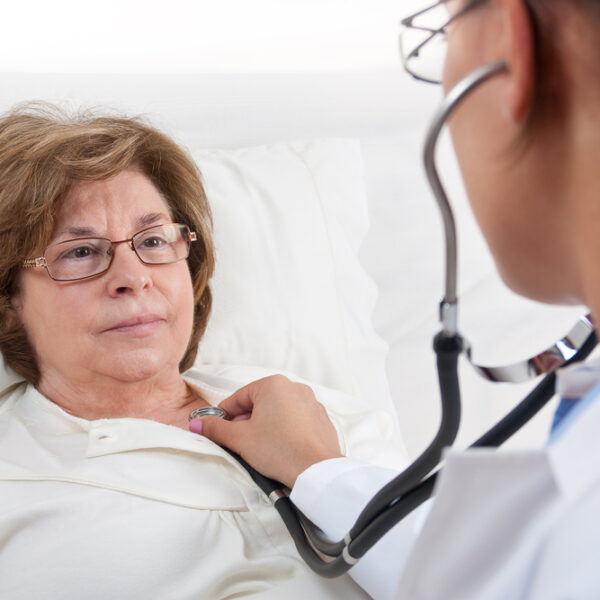
12 Superfoods to Keep Cholesterol Low
If you have high cholesterol, you’re not alone. According to the CDC, approximately 94 million American adults have higher than 200 mg/dL total cholesterol levels. Fortunately, a mindful diet can go a long way to keep your cholesterol in check. It’s also important to note that not all cholesterol is bad for your body. LDL cholesterol, or low-density lipoprotein cholesterol, can clog your arteries and lead to heart disease. However, HDL cholesterol, or high-density lipoprotein cholesterol, helps remove LDL from your arteries and keep them clear. This list points out a dozen foods to help lower LDL cholesterol and keep your heart healthy: 1. Oats Oats are a great way to start your day. They are high in fiber, which can help lower cholesterol. They also contain antioxidants, which can protect the heart from damage. Add some to your breakfast cereal or cook up a batch of oatmeal for a healthy and filling breakfast 2. Beans Beans are a healthy and filling food that can help lower cholesterol. They are high in fiber and antioxidants, which can help protect the heart. Legumes also contain plant sterols, which can block the absorption of bad cholesterol 3. Eggplant and okra Eggplant and okra are both high in fiber.









